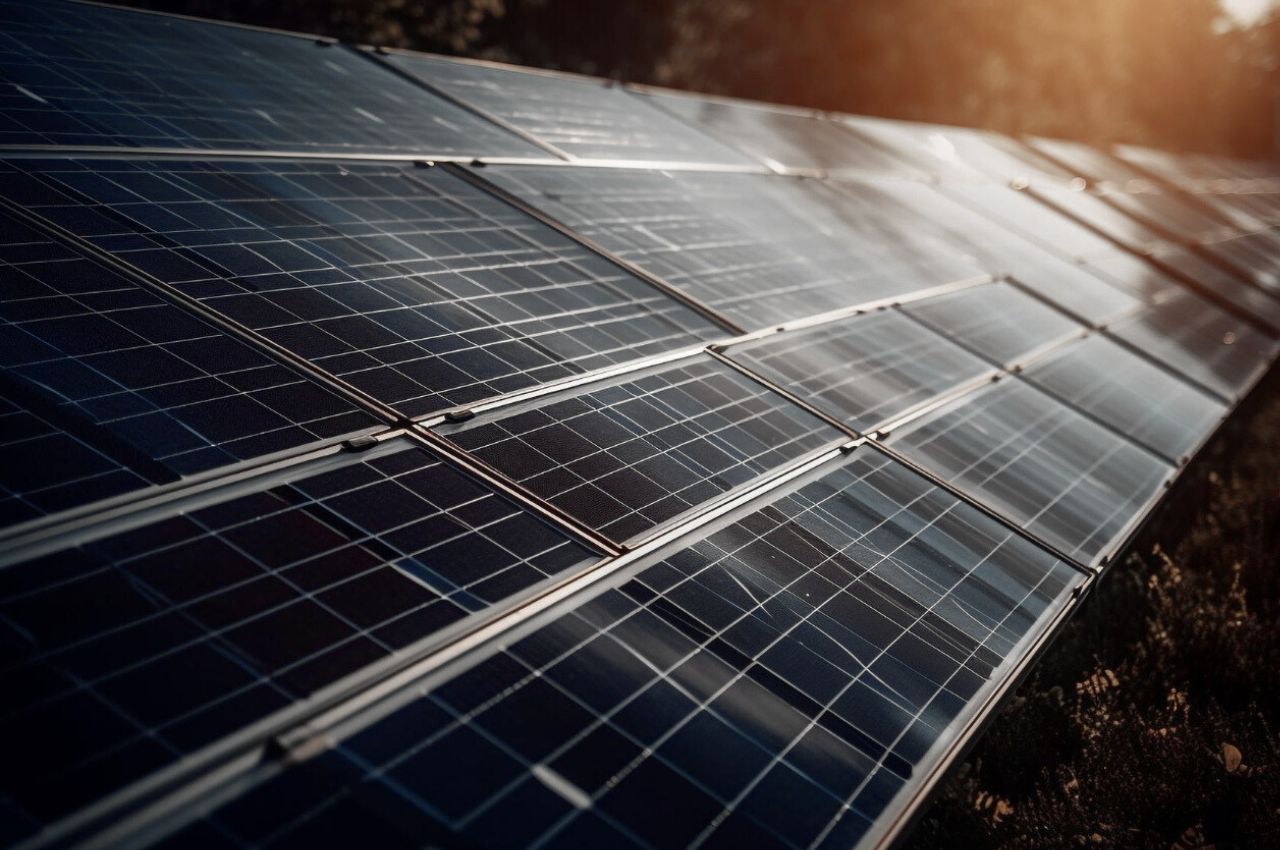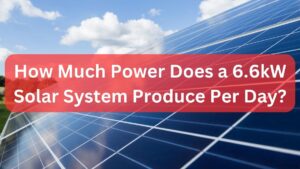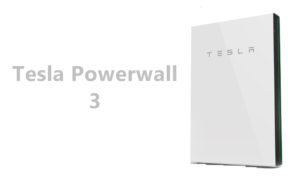
For residents of Australia considering the switch to solar energy, understanding how solar panels operate, particularly during nighttime hours, is crucial. With the increasing popularity of solar power as a sustainable energy solution, many wonder whether solar panels generate electricity after the sun goes down. In this comprehensive guide, we’ll delve into the workings of solar panels, address the common misconception of nighttime functionality, and explore how solar energy systems can still contribute to your household’s energy needs, even in the absence of sunlight.
Solar Panel Functionality
To grasp the dynamics of solar panel operation, it’s essential to understand how these photovoltaic (PV) systems work. Solar panels comprise interconnected solar cells made of semiconductor materials, typically silicon. When sunlight strikes these cells, they undergo a process known as the photovoltaic effect, wherein photons of light excite electrons within the semiconductor material, generating an electric current. This direct current (DC) is then converted into alternating current (AC) by an inverter, making it suitable for powering household appliances and feeding electricity into the grid.
Daylight
Throughout daylight hours, solar panels are at their peak performance, converting sunlight into electricity to power homes and businesses. Factors such as sunlight intensity, panel orientation, and shading can influence the efficiency of solar energy production. However, as long as sunlight is available, solar panels continue to generate electricity, providing a renewable energy source to meet immediate needs.
Nighttime
No, Solar Panels do not work at night. Since the photovoltaic process relies entirely on solar irradiance, solar panels become inactive after sunset. As a result, they cannot directly produce electricity during nighttime hours. This fact underscores the importance of understanding the limitations of solar energy and exploring alternative solutions to meet energy demands when solar generation is unavailable.
Energy Storage Solutions
While solar panels may be dormant at night, energy storage solutions offer a pathway to maximize the benefits of solar energy beyond daylight hours. Battery storage systems, commonly integrated with solar panel installations, enable homeowners to store excess energy generated during the day for later use at night. By capturing surplus solar power and storing it in batteries, households can enhance energy self-sufficiency, reduce reliance on the grid, and mitigate electricity costs during peak evening periods.
Grid Connectivity and Net Metering
In addition to battery storage, solar-powered residences remain connected to the electricity grid, facilitating a symbiotic relationship between solar energy production and grid supply. Through mechanisms such as net metering or feed-in tariffs, surplus electricity generated by solar panels during daylight hours can be exported to the grid, accruing credits or financial compensation for homeowners. These credits can then offset electricity consumption from the grid during nighttime periods, effectively balancing energy usage and reducing overall utility expenses.
Optimizing Solar Efficiency
To maximize the efficiency and effectiveness of solar energy systems, homeowners can adopt various strategies:
- Invest in Battery Storage: Explore the integration of battery storage systems to capture and store surplus solar energy for nighttime usage, enhancing energy resilience and independence.
- Time Energy Consumption: Schedule energy-intensive activities, such as running appliances or charging electric vehicles, during daylight hours to leverage solar energy availability.
- Embrace Energy Efficiency: Implement energy-saving practices and utilize energy-efficient appliances to minimize overall electricity consumption and maximize solar energy utilization.
- Regular Maintenance: Ensure routine inspection and maintenance of solar panels to optimize performance and longevity, ensuring consistent energy generation over time.
Conclusion
In conclusion, while solar panels do not operate at night, their significance as a renewable energy solution remains unwavering. By dispelling the myth of nighttime functionality and embracing complementary technologies such as energy storage, solar-powered homes can continue to reap the benefits of clean, sustainable energy beyond daylight hours. As Australia embraces a future powered by renewable resources, understanding the nuances of solar energy and implementing strategies for optimization are essential steps toward a greener, more resilient energy landscape. Let’s illuminate the path to a brighter, solar-powered future, one daylight hour at a time.







